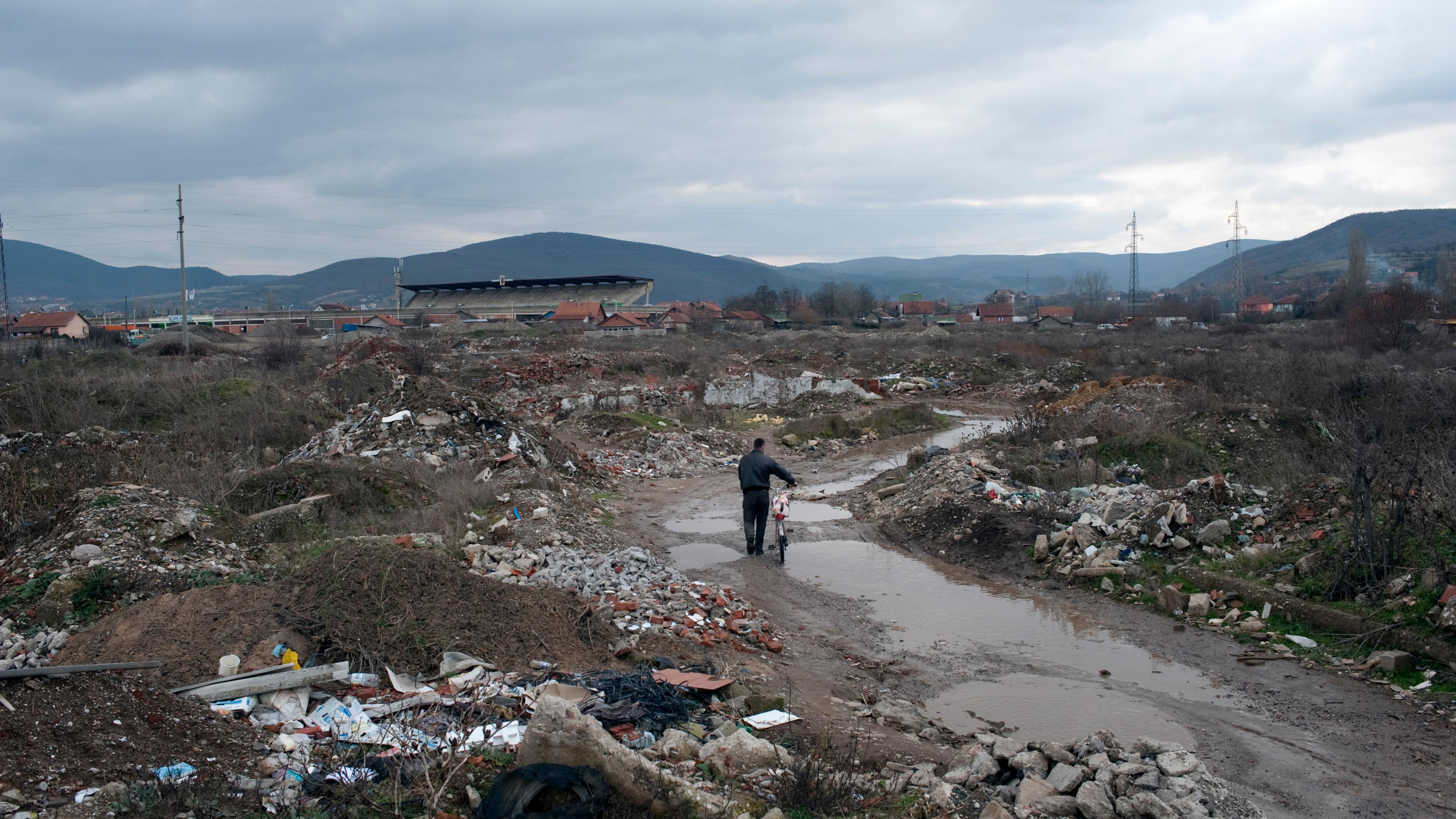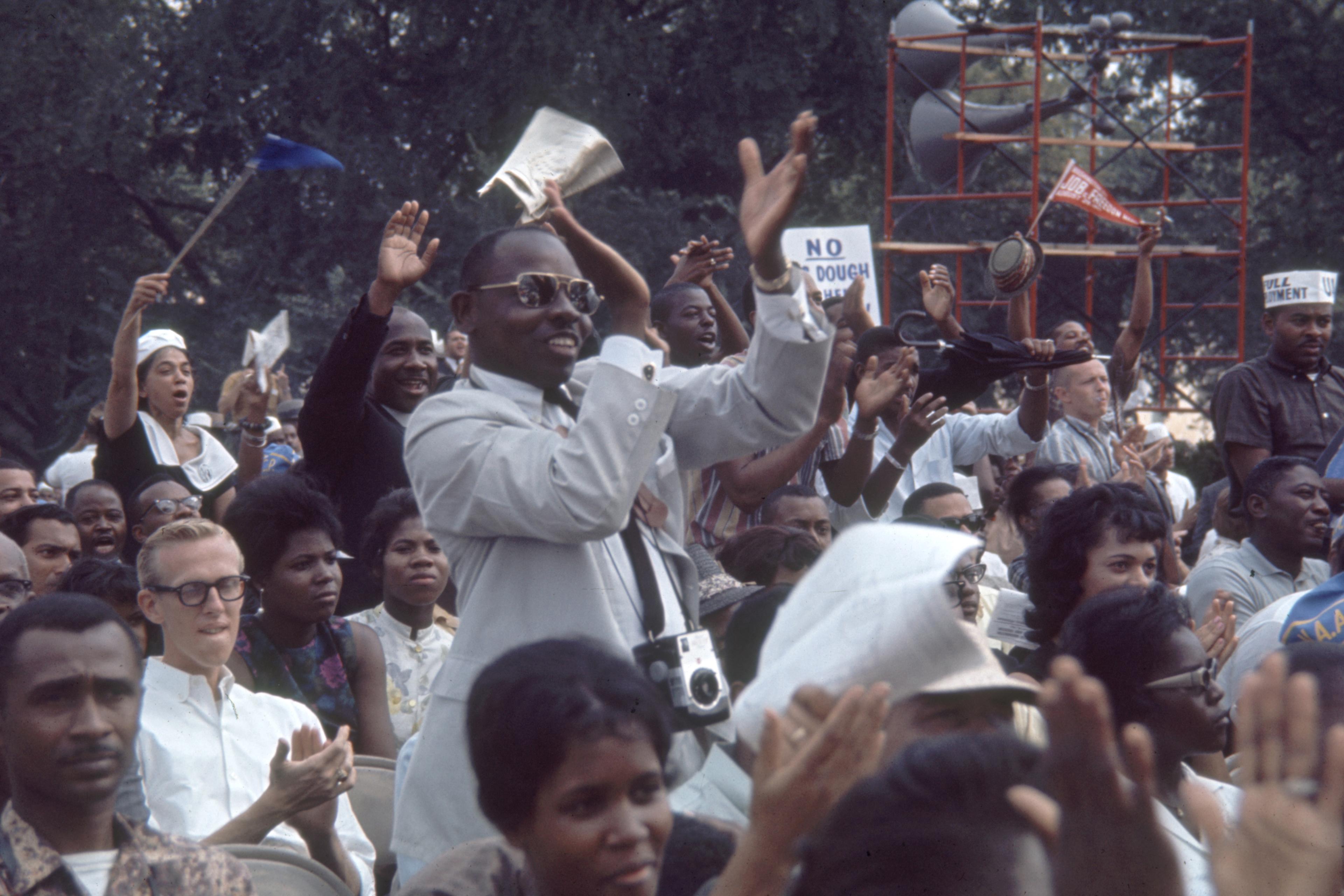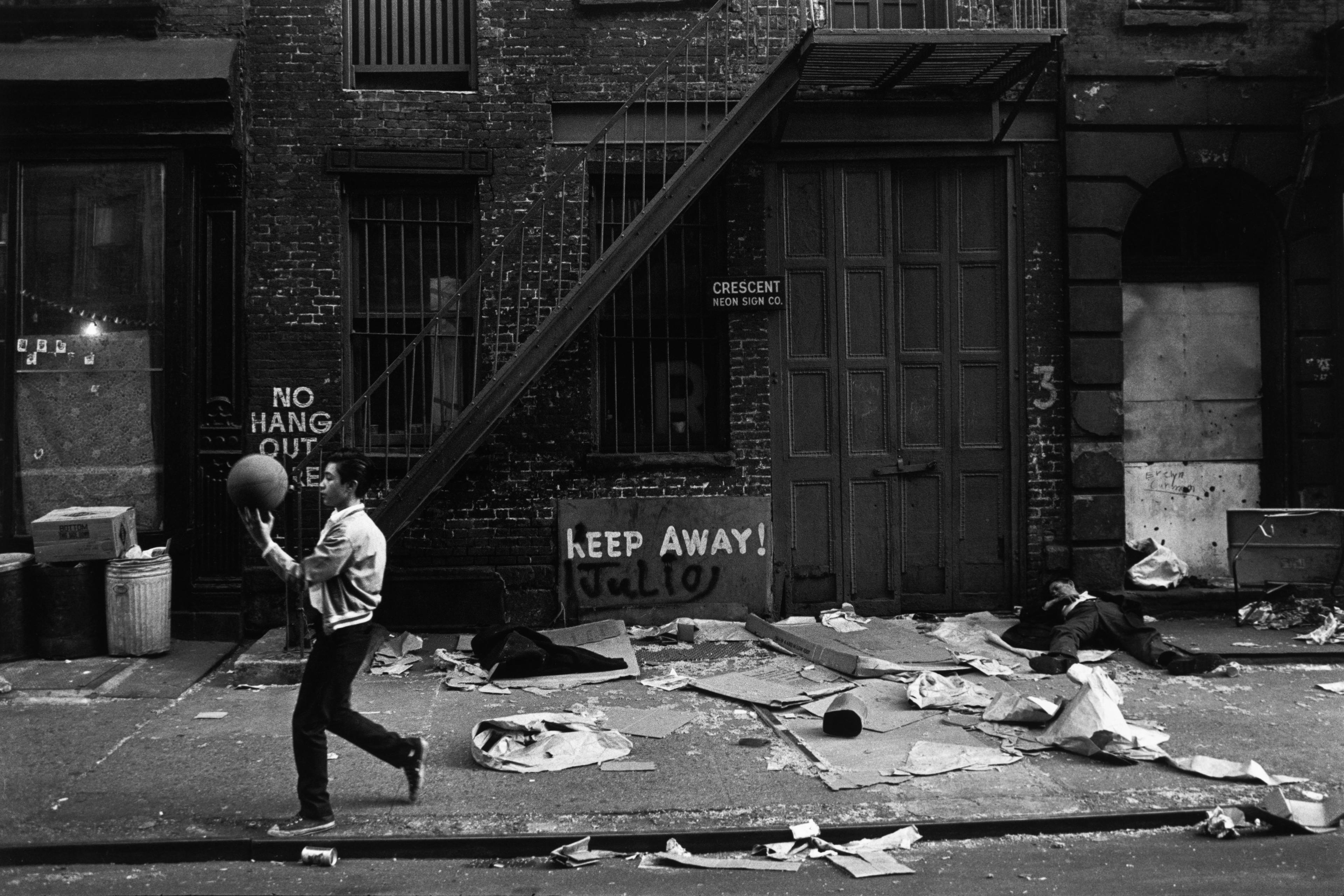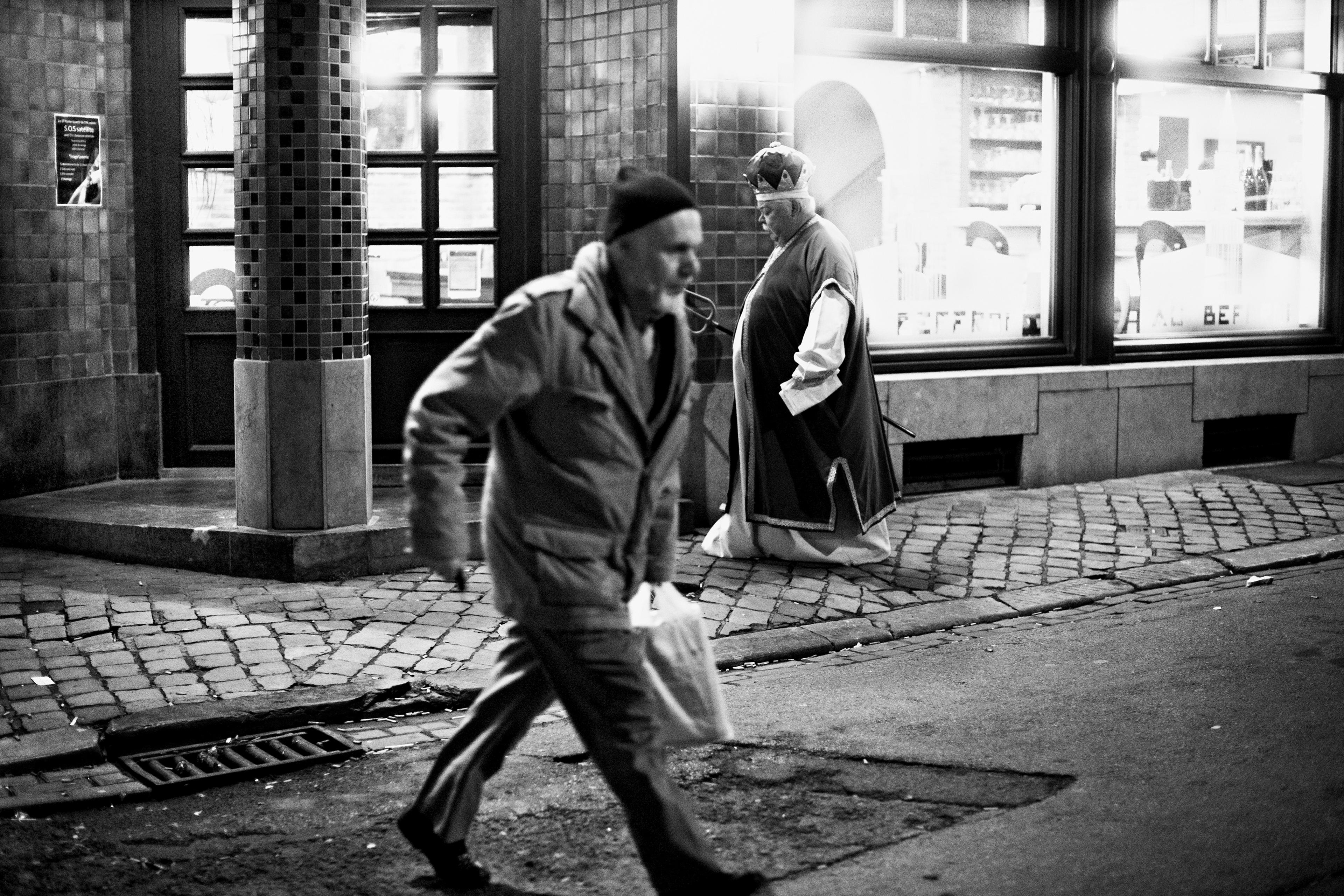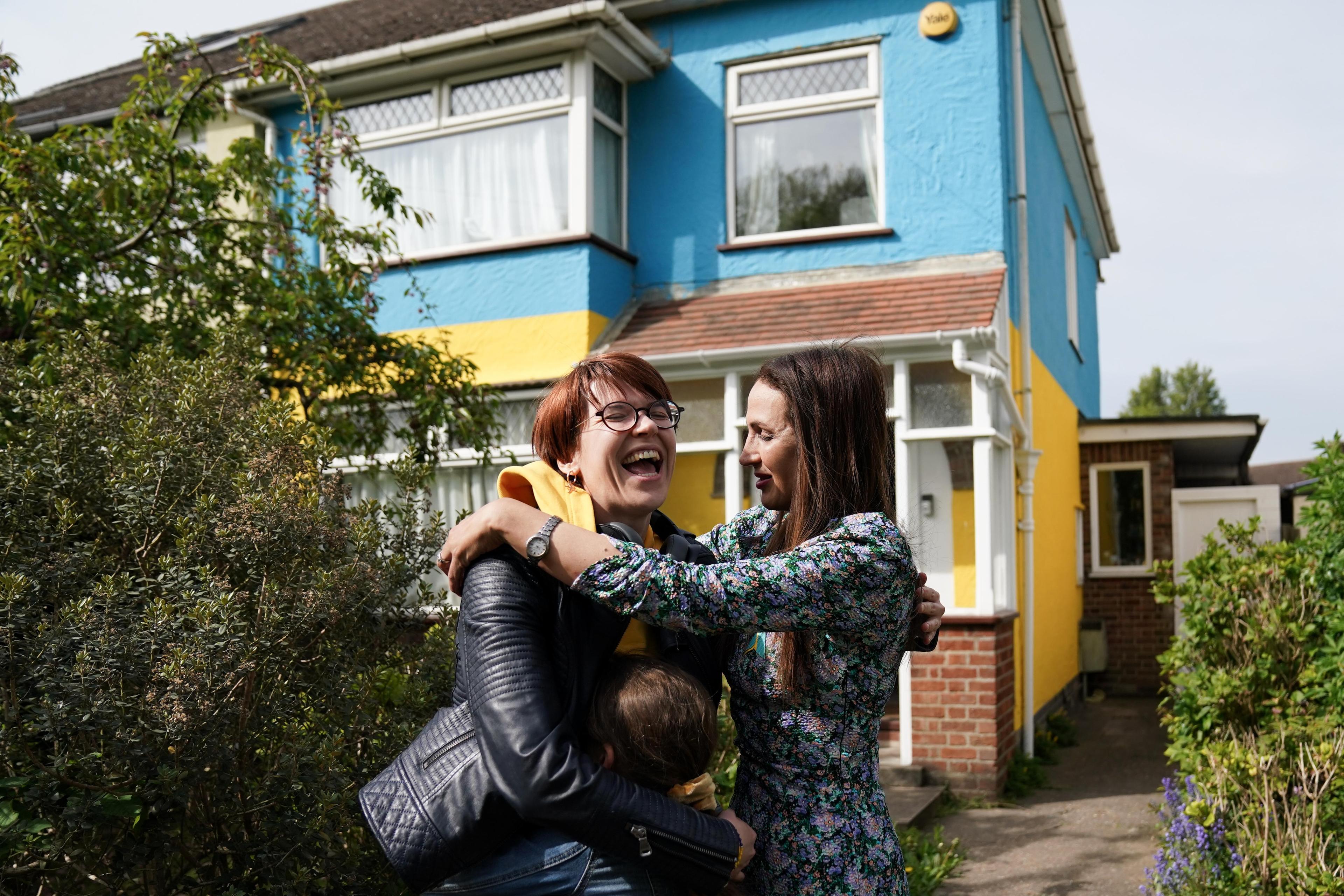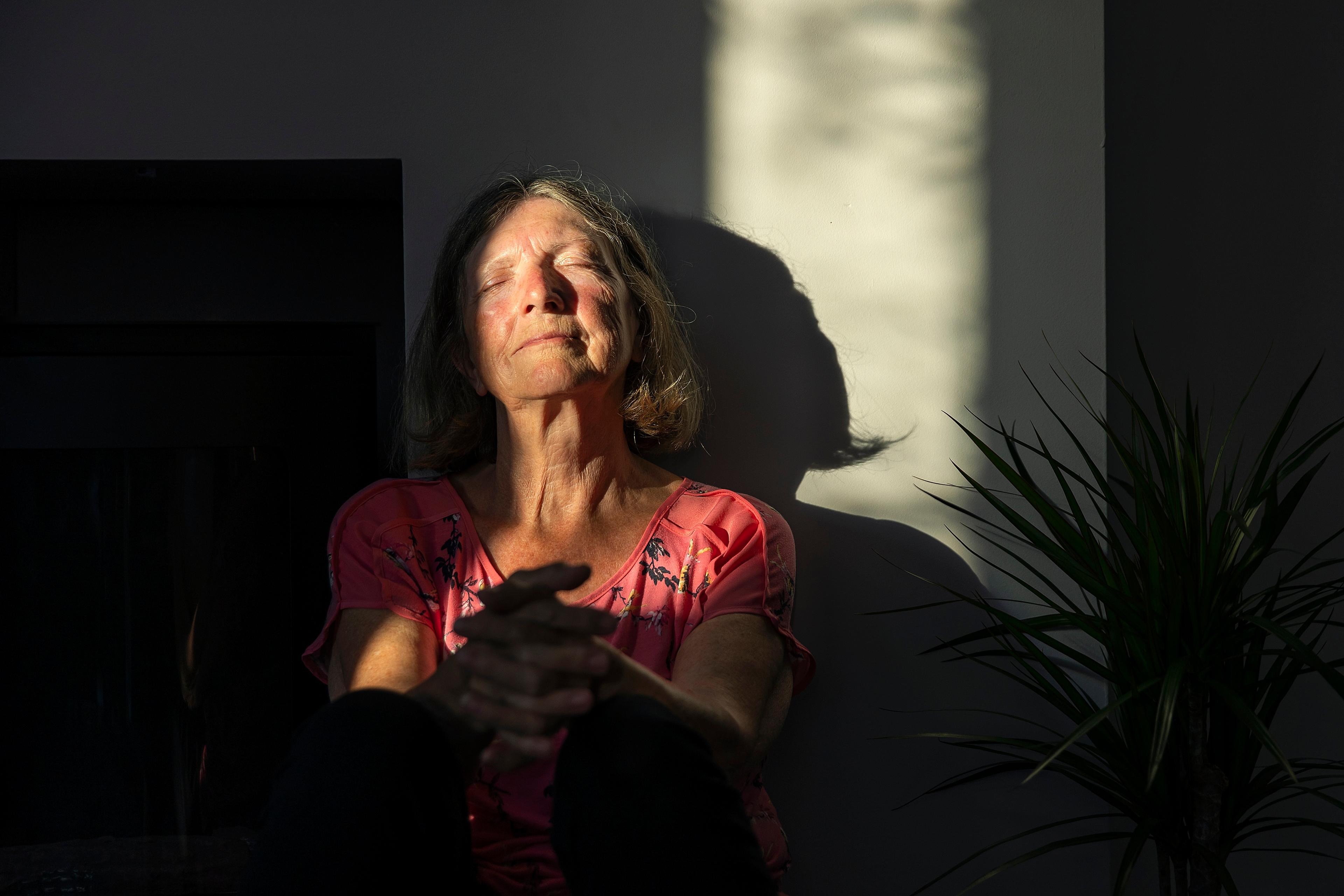Our species has a remarkable ability to imagine the future. Though birds, bees, rats and other animals also consider possible directions for their lives – by making decisions like where to forage or what path to take – the future-thinking of humans is different. Our options are vast, our plans layered and complex, and our vision can stretch across decades or centuries.
We might dream of reducing plastic pollution in Earth’s oceans, becoming a pastry chef, adopting a child from another country, or working for social justice. These are not straightforward goals. Each major life project we pursue contains countless possible action paths that we continuously build, update and revise, with sub-goals nested inside larger ones. As we chart intricate routes towards distant rewards, we pour immense mental and emotional energy into imagined futures. That is why, when we keep hitting roadblocks and our carefully built future seems to crumble, hopes can easily turn to despair. In such moments, we have the sharp, sinking realisation that a future we dreamed of might be disappearing.
This experience can be devastating. For this reason, despair is often cast as a destructive attitude that traps us in self-defeating cycles or pushes us to give up too soon. At its worst, it can drive ‘desperate’ acts. When despair lingers or returns again and again, it can fuel suicidal thoughts, addiction, chronic insomnia and other serious harms. The economists Anne Case and Angus Deaton have even used the phrase ‘deaths of despair’ to describe the rise of suicides, overdoses and alcohol-related deaths among working-class Americans facing increasingly alienating and precarious social conditions.
Given the devastation despair can bring, it might seem as though we’d be better off never feeling it at all. But can despair sometimes be helpful? As scholars and activists have begun to identify, without the ability to feel this emotion, we might lack the necessary clarity to abandon failing pursuits and find new directions. Brief encounters with despair might sometimes be clarifying, enabling us to take a harder look at where we’re headed. Perhaps it’s only by experiencing this painful feeling that we can begin the difficult work of recalibrating our future.
Despair is an intense emotion, precisely because it signals the decisive defeat of a goal we deeply value. It’s the painful recognition that a path on our internal map of futures worth pursuing has been lost. Consider a student who learns she hasn’t received the scholarship she was counting on to finish her degree. Suddenly, the future she imagined – walking across the stage at graduation next year – seems to collapse.
According to the philosopher Anthony Steinbock, despair is often thought to be the ‘most profound challenge to hope’ because it immediately stifles the activities hope depends on: prospective imagination, planning and taking concrete steps to promote the outcomes we desire. Despair robs us of the ability to envision a viable path forward. What remains is not just frustration or anger, but something heavier: the sense that the future is closing in and that no amount of effort can make a difference.
Hope can indeed be an indispensable force … but there’s also risks involved in hoping
Hope and despair, as the physician Randolph Nesse puts it, are ‘intrinsically intertwined partners in the dance of desire …’ We shift from one to the other depending on how we read our chances of success. Hope is the emotional signal that a goal is still within reach – that we should keep planning, promoting and even persisting towards our dream. Despair, by contrast, is the signal that prospects have darkened. It tells us that it may be time to withdraw, let go and reconsider our options. Lately, the spotlight has been on hope. Philosophers have emphasised its central role in giving us the grit and resilience to persevere towards difficult goals. Popular writers echo this, portraying hope as a vital resource for navigating uncertain futures – consider Jamil Zaki’s Hope for Cynics (2024), William R Miller’s 8 Ways to Hope (2024) and Sumit Paul-Choudhury’s The Bright Side (2025). Hope can indeed be an indispensable force sustaining our most ambitious projects and allowing us to ‘see’ desirable futures as attainable. But there’s also risks in hoping.
Alongside the recent celebrations of hope, scholars and activists have begun uncovering despair’s hidden virtues. Unlike hope, despair has the potential to protect us from wishful thinking and steer us towards more viable goals. In the face of the climate crisis, some activists are even turning away from hope altogether. The philosopher Jakob Huber notes in his paper ‘Hope from Despair’ (2022) that radical climate groups, such as Extinction Rebellion, have shifted ‘towards darker attitudes such as anger, panic, or fear, or, most surprisingly perhaps, despair.’ Some have even called for hope to ‘die’. Why would people devoted to building a better future call for the death of hope?
As Huber observes, hope can make us cling to comforting illusions, blinding us to evidence and shutting down more realistic alternatives. The climate crisis offers a particularly revealing catalogue of such dangerous hopes. Consider techno-solutionism, the belief that technology alone can solve humanity’s greatest challenges. In the context of the climate crisis, this view suggests that technology can save us from having to change our way of life.
Despair gives us the clarity, and even courage, to recognise when the odds have turned
A close cousin is geoengineering, which promises we can maintain our carbon-intensive lifestyles by deploying innovations to capture and store emissions (despite experimental projects revealing storage capacities that barely register against the scale of the problem). Meanwhile, the hopeful myth of returning growth persists across the political spectrum, ignoring both mounting debt and the thermodynamic impossibility of infinite expansion on a finite planet. At the extreme end, we find the ultimate escapist hopes: ultra-wealthy survivalists investing in luxury bunkers, or dreaming about abandoning Earth for planetary colonisation. All these hopes share a common thread: they make it possible to avoid confronting uncomfortable truths about our current trajectory. Could a sobering dose of despair be an efficient antidote to false hopes and seductive illusions?
For future-oriented beings like us, having an emotion that signals the need to abandon a failing path may be just as vital as having one that pushes us to persist towards uncertain but worthwhile goals. Letting go of a cherished project often means dismantling an entire web of imagined possibilities – a web of dreams. While hope can make us cling tightly to these projections, despair can offer the psychological distance needed to reassess and adapt. Despair gives us the clarity, and even courage, to recognise when the odds have turned. It tells us to withdraw from pursuits that no longer serve us. Without this discomfort and grief, we might miss the signal to start redrawing our internal map of possible paths. It is through despair that we come to feel the full weight of a future slipping out of reach.
All forms of grief help us adjust our beliefs and expectations after we experience loss. The psychologists Melissa Karnaze and Linda Levine have described sadness as the ‘architect of cognitive change’ because it is a feeling that helps people register loss and understand their new reality. Similarly, despair may give us the impulse to reshuffle our ‘map’ of the future after a pathway has been closed. It does this by forcing us back into the present and temporarily halting our relentless future-directed imagining as we absorb the meaning of the loss and contemplate what comes next. This moment of cognitive reset is the first step towards designing more viable futures.
If short bouts of despair can help us let go of futures that can no longer be, they also clear space for new visions to take shape. These give us the chance to imagine more grounded visions of the future. In the context of the climate crisis this does not mean techno-fixes, fantasies of escape or other glittery hopes. Instead, it involves the slow work of crafting steady visions that are more rooted in the places we inhabit and the relationships that sustain us. After despair comes the work of hope – not to dream of boundless futures but to imagine more liveable pathways forward.
